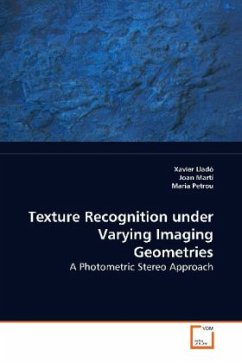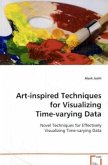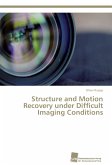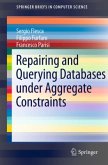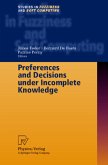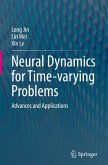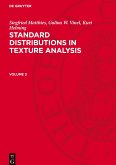A model-based texture recognition system which
classifies image textures seen from different
distances and under different illumination directions
is presented in this book. The system works on the
basis of a surface model obtained by means of
4-source Colour Photometric Stereo (CPS), used to
generate 2D image textures as they would have
appeared if imaged under different imaging
geometries. The proposed recognition system combines
co-ocurrence matrices for feature extraction with a
Nearest Neighbour classifier. The use of the
co-occurrence matrices instead of filtering methods
for feature extraction allows us to utilise only
pixels for which valid information has been extracted
by CPS.
The validity of the method is demonstrated by
classifying texture images captured under different
imaging geometries than the reference images in the
database. Moreover, the process of recognition allows
one to guess the approximate direction of the
illumination used to capture the test image.
classifies image textures seen from different
distances and under different illumination directions
is presented in this book. The system works on the
basis of a surface model obtained by means of
4-source Colour Photometric Stereo (CPS), used to
generate 2D image textures as they would have
appeared if imaged under different imaging
geometries. The proposed recognition system combines
co-ocurrence matrices for feature extraction with a
Nearest Neighbour classifier. The use of the
co-occurrence matrices instead of filtering methods
for feature extraction allows us to utilise only
pixels for which valid information has been extracted
by CPS.
The validity of the method is demonstrated by
classifying texture images captured under different
imaging geometries than the reference images in the
database. Moreover, the process of recognition allows
one to guess the approximate direction of the
illumination used to capture the test image.

